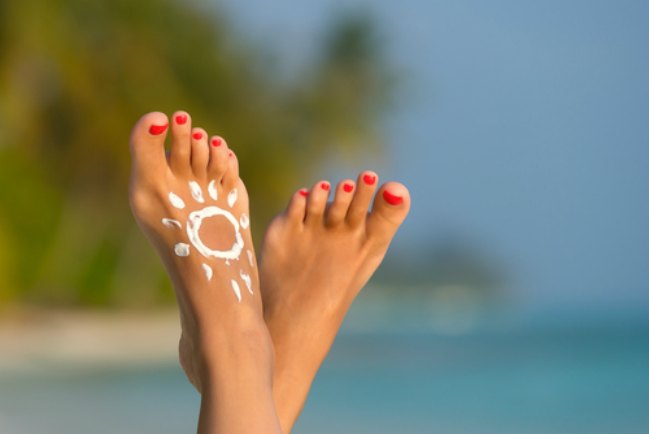
In spring and summer especially we need to keep our skin safe, healthy and protected from the sun.
Every year there is more research and there are more findings on how to care for our skin, and it´s hard to keep up with new recommendations.
In order to inform you of how to treat your already sun-damaged skin and prevent further photoaging and even preventing skin cancer, we interviewed Dr. Janet Hill Prystowsky.
She is a board-certified dermatologist with over 25 years of experience in dermatology and dermatologic surgery.
Her mission is to enhance her patients’ well-being through the early diagnosis and treatment of skin cancer.
In addition to her private practice, Dr. Prystowsky is a senior attending physician at Mount Sinai Roosevelt/St. Luke’s. In 2008 she started her own skin care line, LIVAD Skin Care.
Skin damage
Viva Fifty.- Can people over 50 who have exposed their skin to the sun too much in their youth reverse the damage? What precautions should they/we take now?
Dr. Janet Hill Prystowsky.- There is no way to completely reverse the damage because permanent mutations have occurred in the skin’s stem cells from the ultraviolet radiation damaging the DNA.
Stem cells give rise to our new skin cells that are constantly being replaced as they slough off with bathing and other daily activities. The mutations in stem cells accumulate with each unprotected sun exposure. When there have been enough bad hits to our DNA, the stem cells will give rise to cells that cause skin cancer.
However, you can reverse some of the sun damage in the skin such as thinning changes, loss of collagen and elastin, redness, and pigmentation changes using retinoids, chemical peels, and lasers.
Other efforts should be directed at preventing further damage such as using sunscreen, sun protective clothing, and seeking the shade. Heliocare is a nutritional supplement which helps prevent sun damage which can be added to your daily routine.
Also Read: Best remedies for sun spots
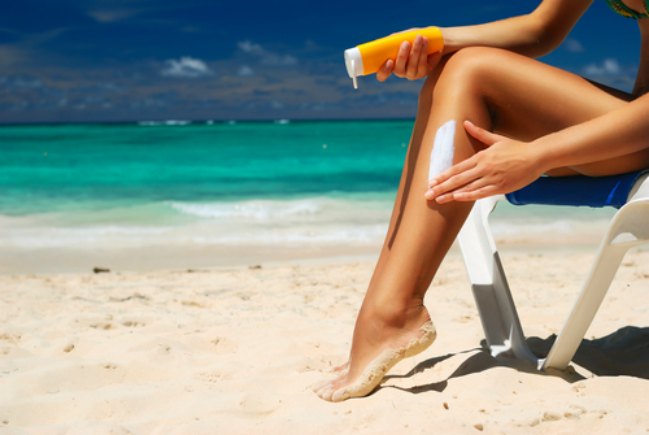
SPF to prevent skin cancer
Viva Fifty.- Is the sun stronger or more harmful now than when boomers were kids or do we just know more about it now? How has SPF changed over the years?
Dr. Janet Hill Prystowsky.- In areas of the world where the ozone layer has thinned or is non-existent, such as New Zealand, the sun is stronger. However, in most areas of the world, the sun strength has not changed that much.
There has been an enormous increase in travel to sunny vacation spots compared to decades ago. In fact, having a sunburn/tan during the winter was a status symbol in the 60’s-70’s because it meant you were wealthy enough to travel by plane. With life expectancy increasing, the damage from sun exposure has a greater chance to show up eventually.
If you died at age 50 of a heart attack in 1965, who knows what skin cancers may have been brewing that would have shown up at age 70? Now that the 50-year-old can use stents and statins and is living to 70 or longer, we are seeing their skin cancers popping up from their exposures at a younger age.
When SPF was introduced in the 80’s, it was only directed at the “burning rays” or UVB. Initially an SPF number 15 was considered adequate but in actual use it rarely applied thick enough to the skin and people did not reapply as often as they should. So the numbers have increased.
In addition, we have learned that UVA can cause photoaging and skin cancer, so the entire UVA/UVB spectrum is now recognized as dangerous. Sunscreens are now aimed at blocking both UVA and UVB in broad spectrum sunscreens and an SPF 30 or higher is recommended.
Viva Fifty.- Most people seem to save SPF for the beach or poolside. What would you say to them?
Dr. Janet Hill Prystowsky.- Your DNA getting zapped by sunlight damages it whether you are at a beach, walking outside to pick up lunch, sitting on park bench, or waiting at a bus stop. Any time you are outside in daylight without significant clothing protection, including a hat that covers your ears, long shirt, pants, and closed toe shoes, you need sunscreen if your goal is to prevent ultraviolet damage to your skin cell DNA.
There are times of year, such as winter, when there is less risk of burning if you are at sea level and above 40 degrees latitude North because very little UVB penetrates the ozone layer due to the tangential angle of the sun rays. However, UVA still penetrates.
How to choose sunscreen
Viva Fifty.- Do children and adults really need different types of sunscreen? Can the whole family share one same type of protection?
Dr. Janet Hill Prystowsky.- Children under 6 months of age should be kept in the shade as opposed to having sun block applied. A little plain zinc oxide can be applied to the cheeks and forearms if conditions warrant a little something but small babies should not be out in intense direct or reflected sun.
The rest of the family can share an SPF 50 mineral block like Aveeno makes. If there are allergies or other considerations such as wanting something clear for the face, then different sunscreens for different members of the family may be preferred.
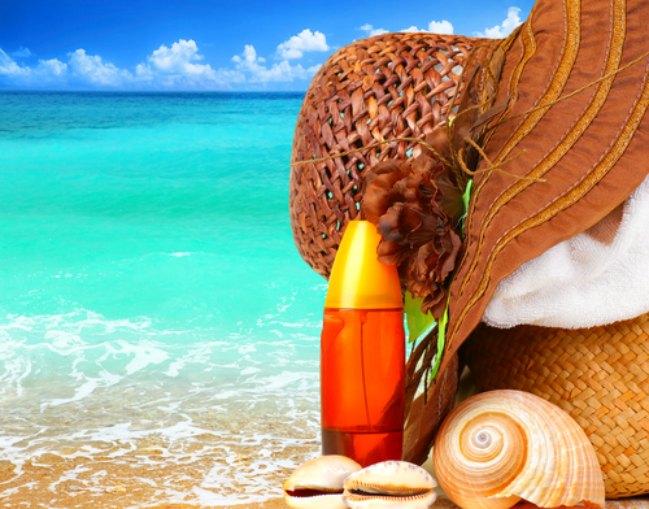
Viva Fifty.- What should we take into account when choosing sunscreen? Is more expensive better?
Dr. Janet Hill Prystowsky.- It’s not the price but the features of SPF, broad spectrum, and water resistant (if you plan to go in the water or perspire). The SPF should be at least 30, but preferably 50 because it will provide better protection. For extreme exposure, higher SPFs may be warranted because even though it should not matter above SPF 50, we know from actual use that higher SPFs do perform better because of the amount of block that is used.
My rule of thumb is to take the SPF and divide by 2 to get the real use SPF because no one spreads it on the skin as if it were peanut butter. Expensive is not necessarily better at protecting your skin but it may feel better or smell better. Broad spectrum sunscreens block both UVA and UVB. If it is not broad spectrum you may not burn but still be at risk of skin cancer because UVA is still getting through it.
Proper sun protection at any age
Viva Fifty.- If you could give just one warning or tip for proper sun protection at any age, what would that be?
Dr. Janet Hill Prystowsky.- Cover any skin that is exposed to the sun. Make sure you use broad spectrum (UVA & UVB protection); use SPF 50 when possible.
Viva Fifty.- Does race and ethnicity play a part in how the sun affects our skin?
Dr. Janet Hill Prystowsky.- Latinos and Hispanics typically have type III skin which does not burn readily and tans well. Nevertheless, skin cancer occurs in this group including deadly malignant melanoma. Be particularly attuned to changes in pigmented lesions on the hands and feet. These are the locations of melanoma that are not common but when they occur are diagnosed late and may contribute to death.

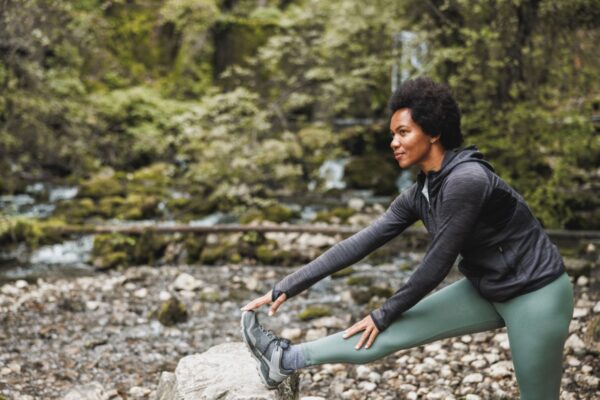
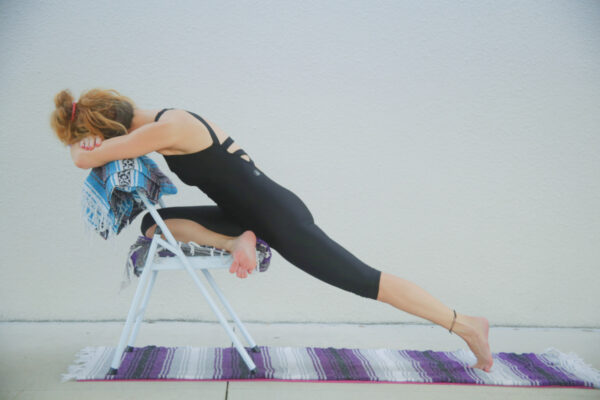
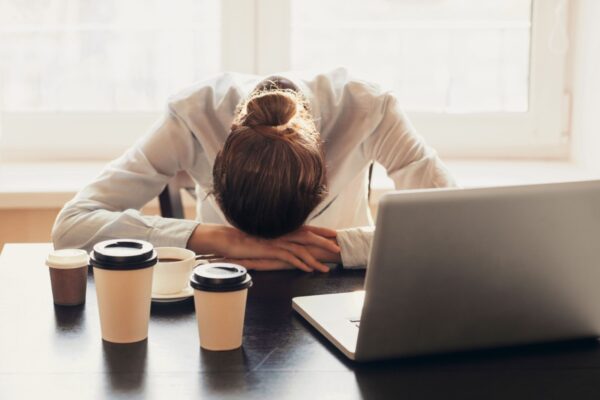
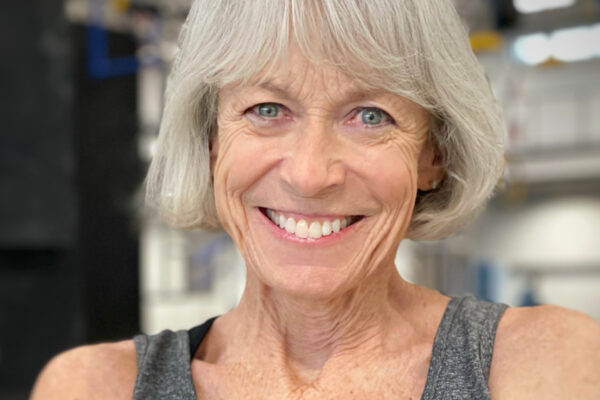
Leave a Reply